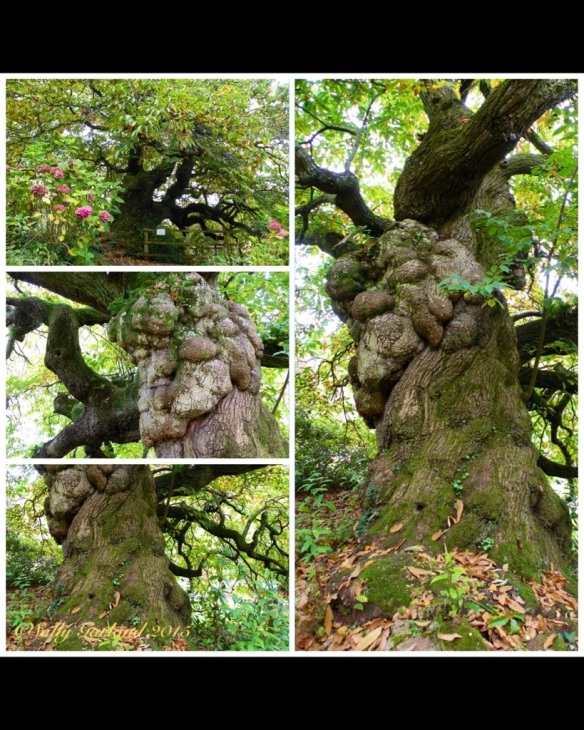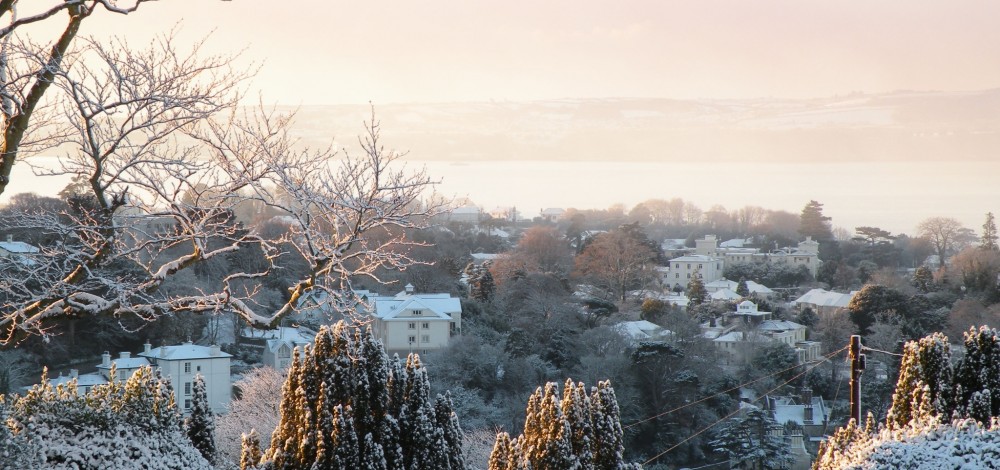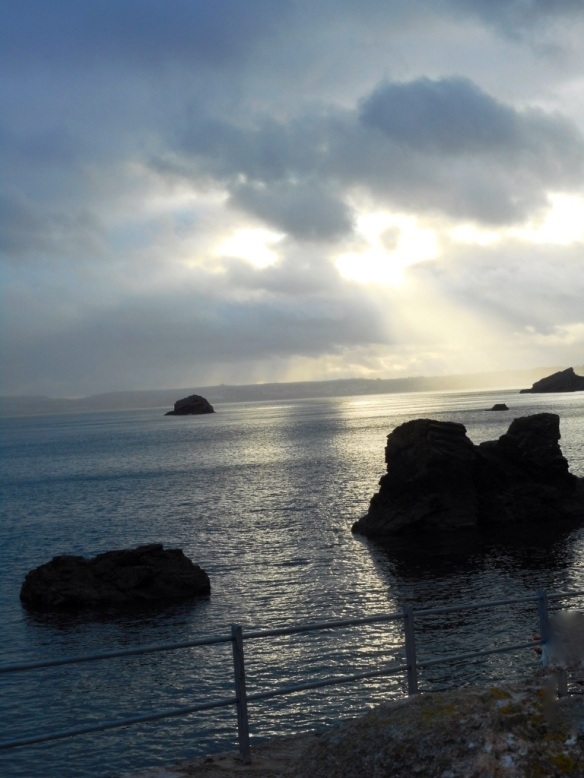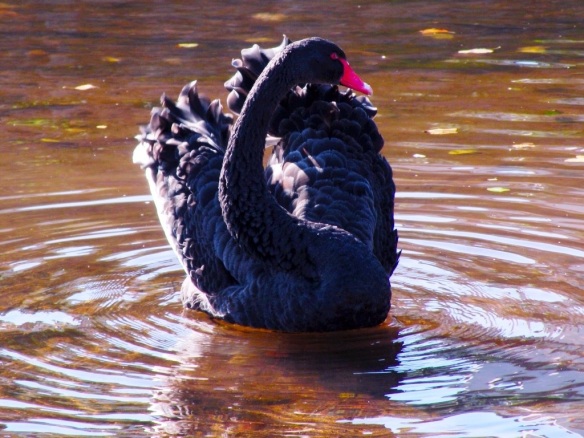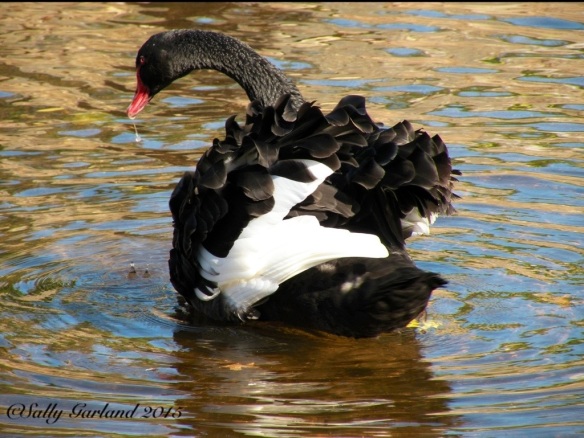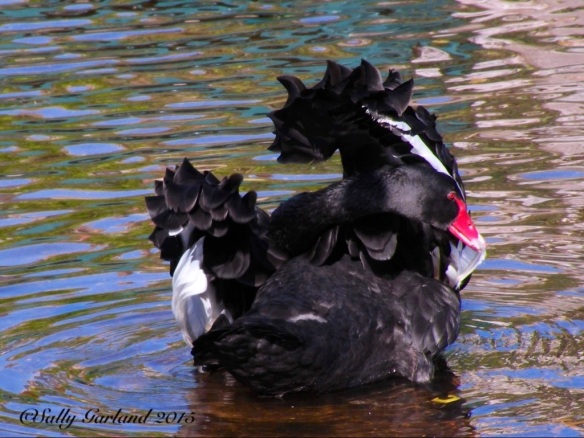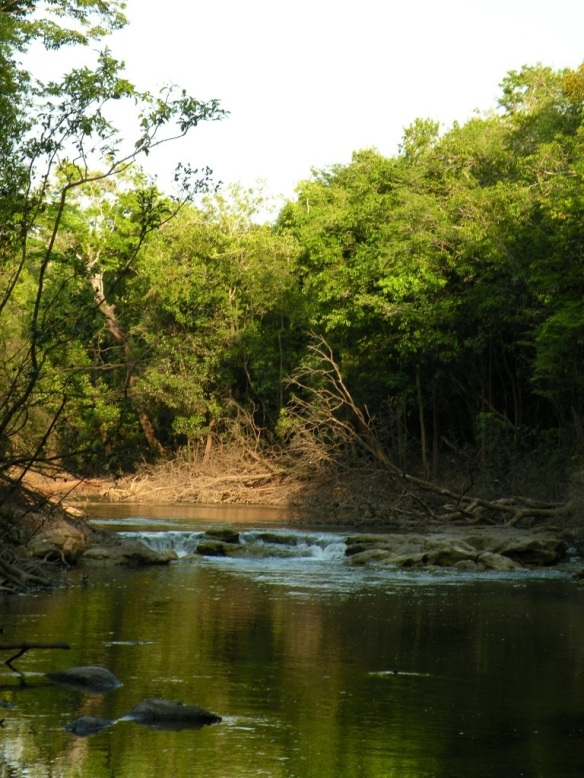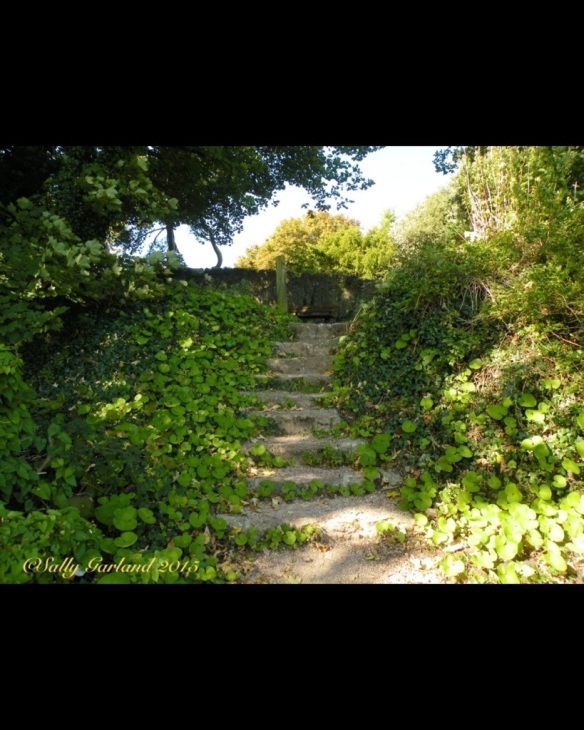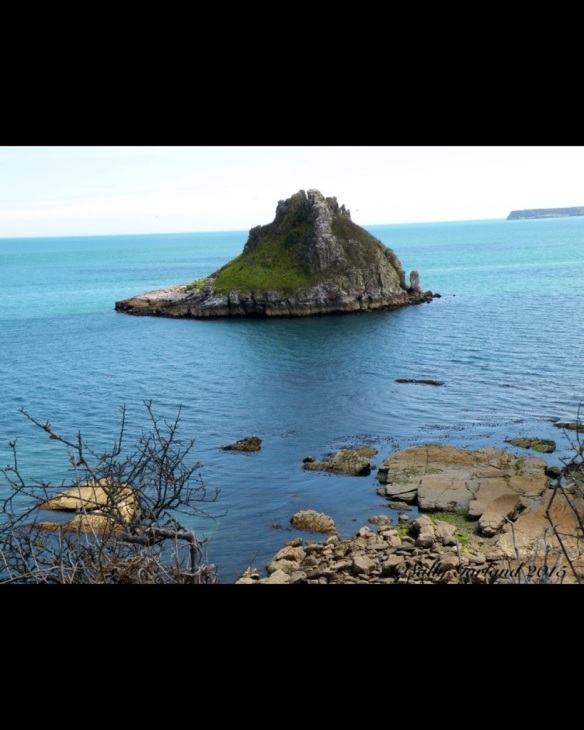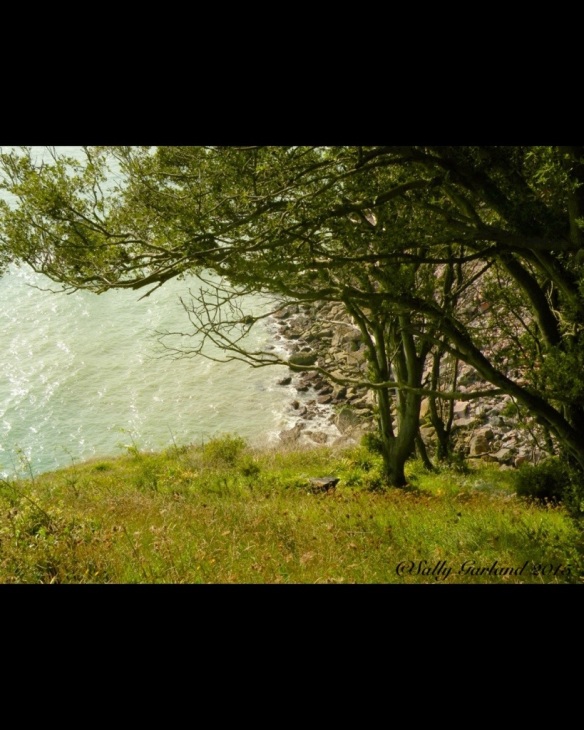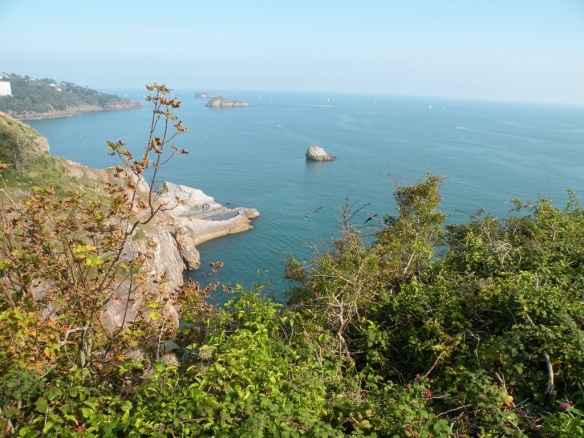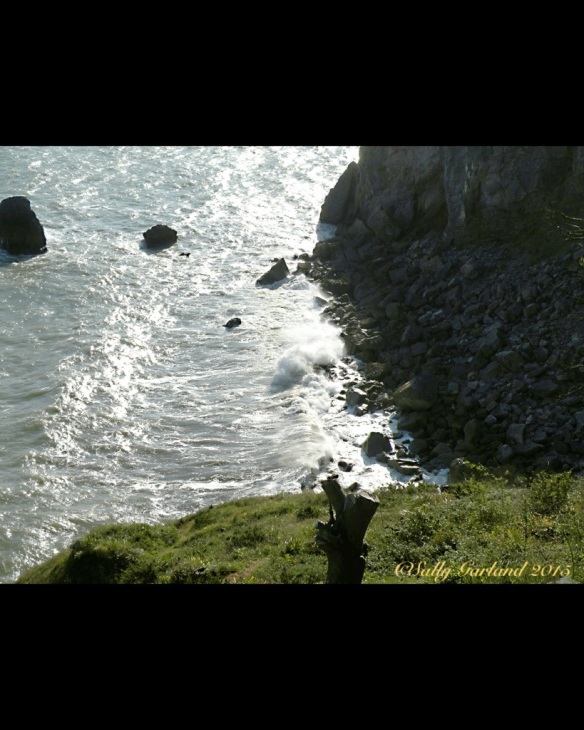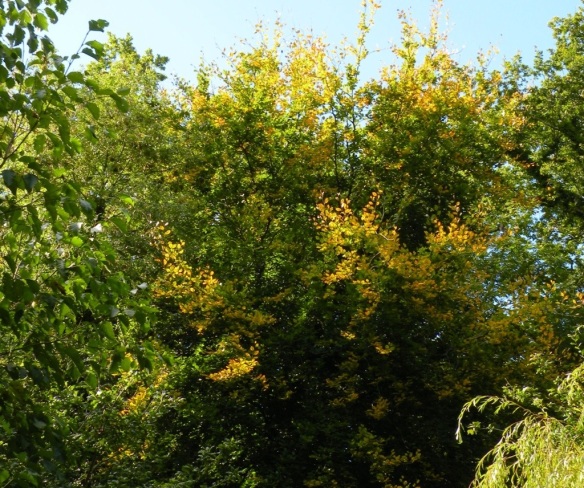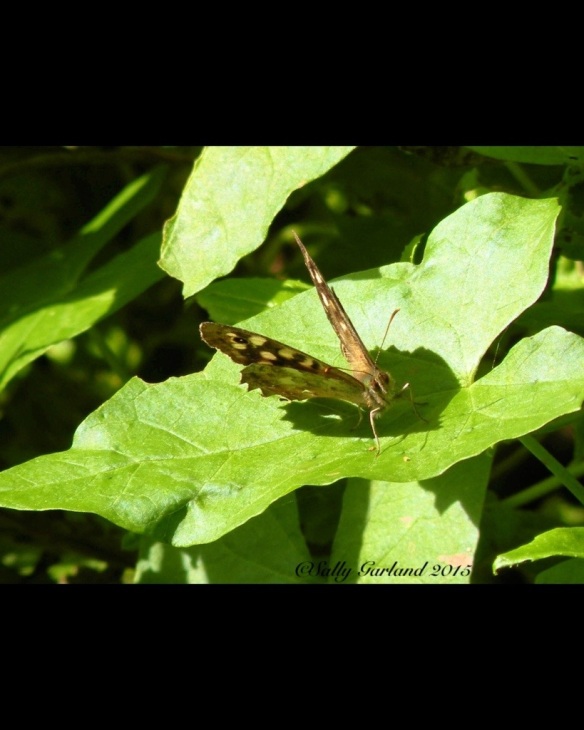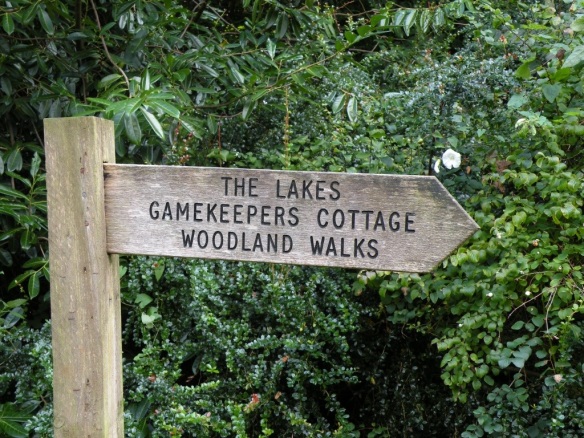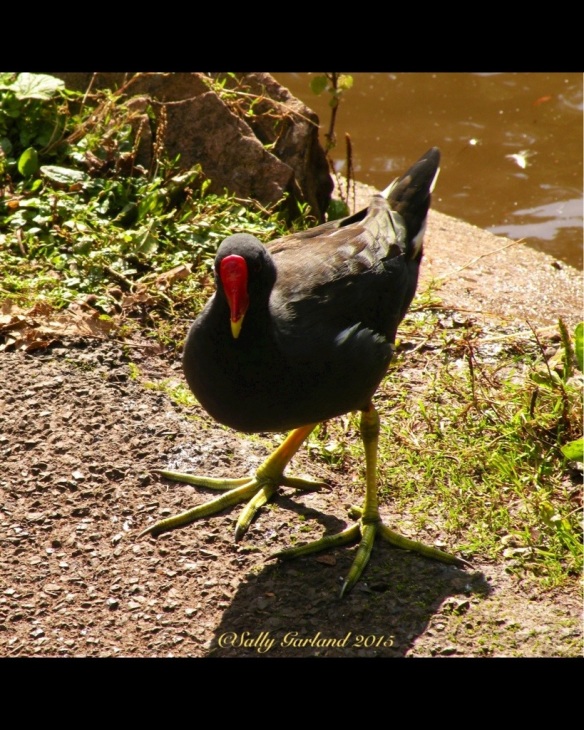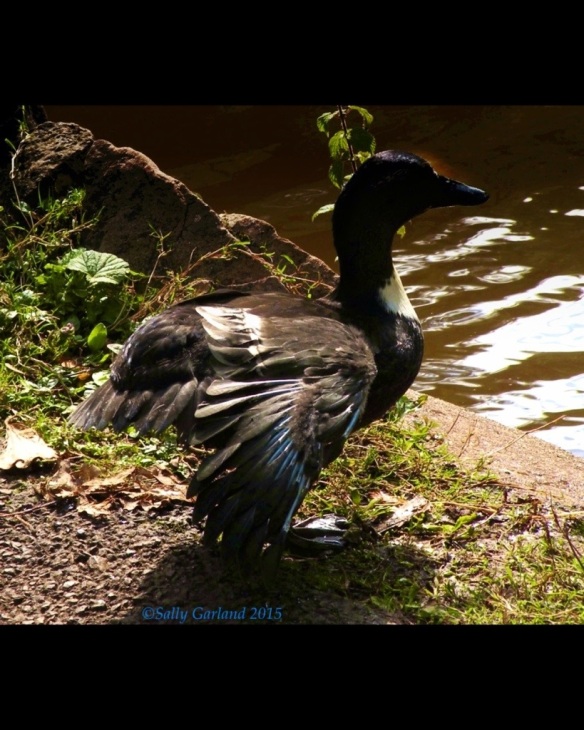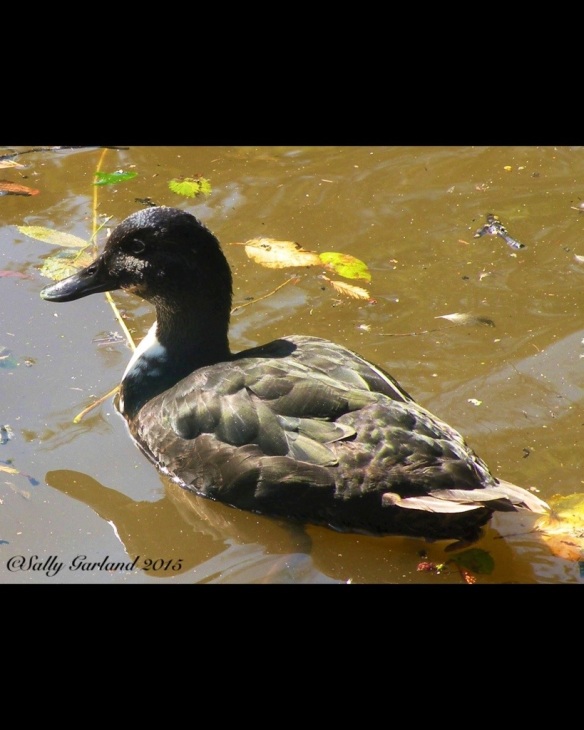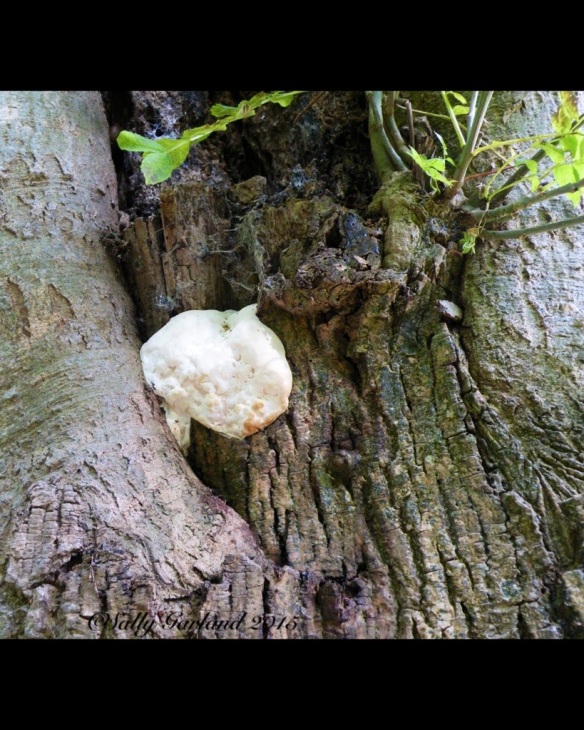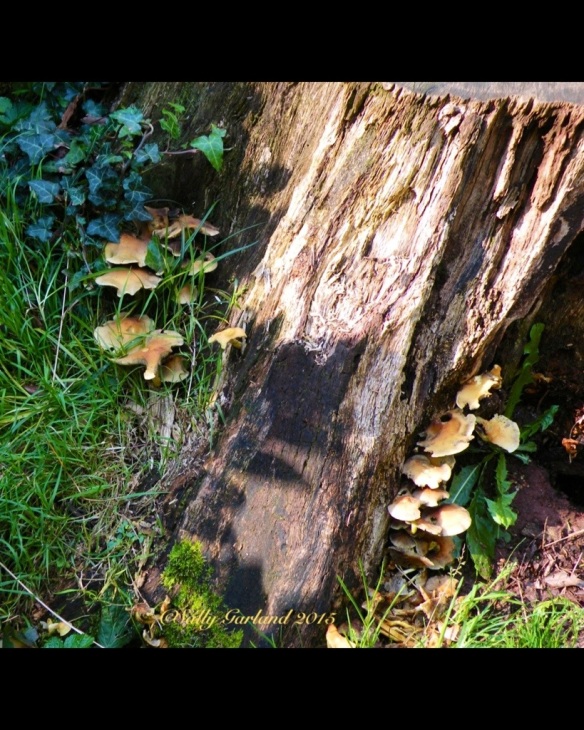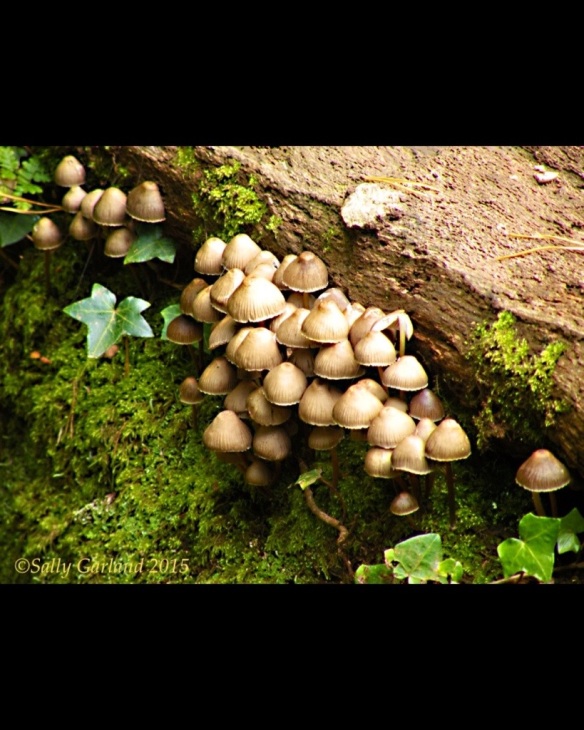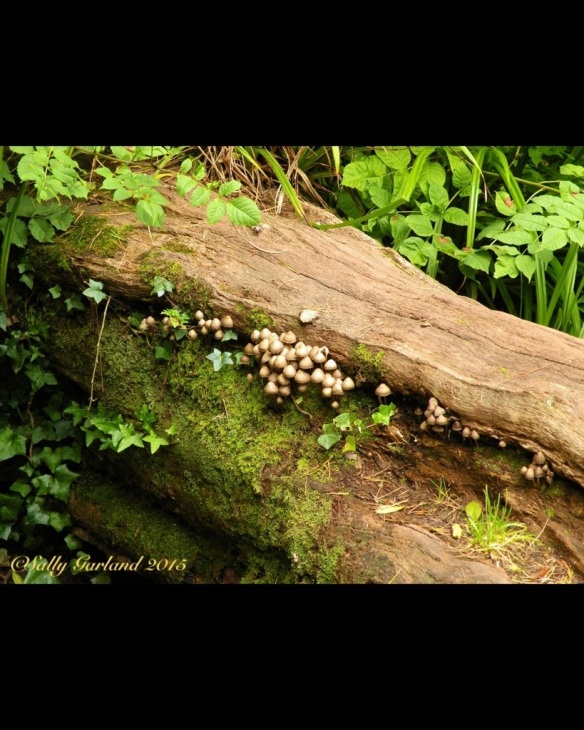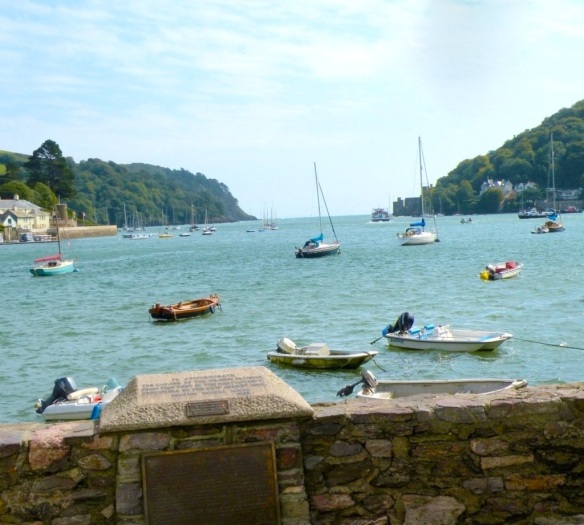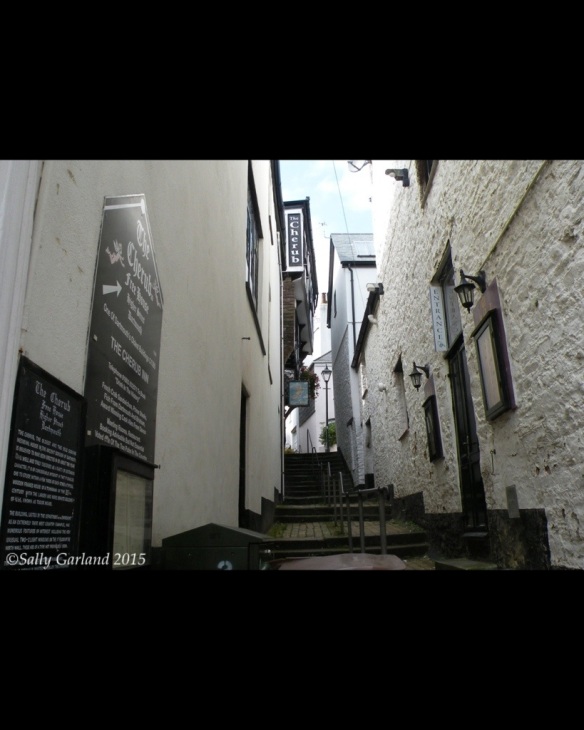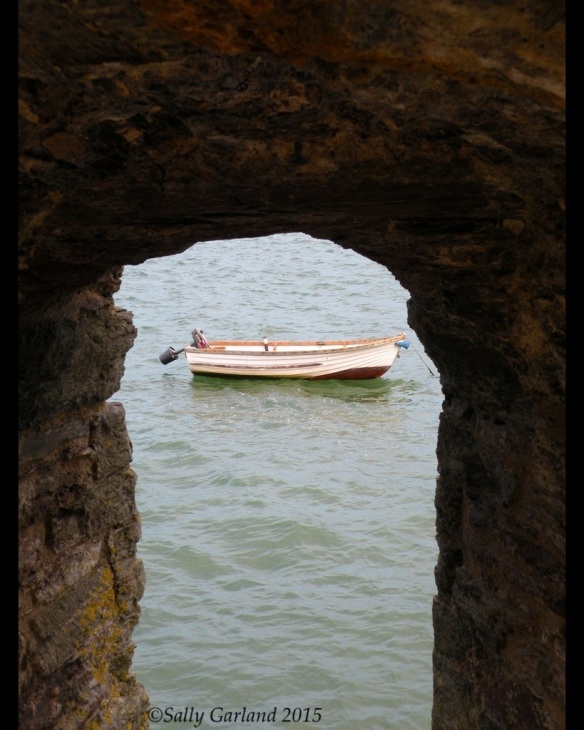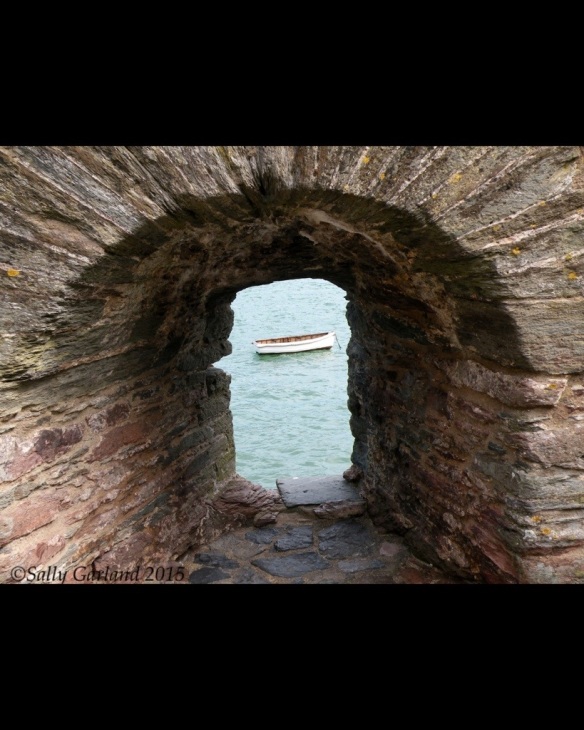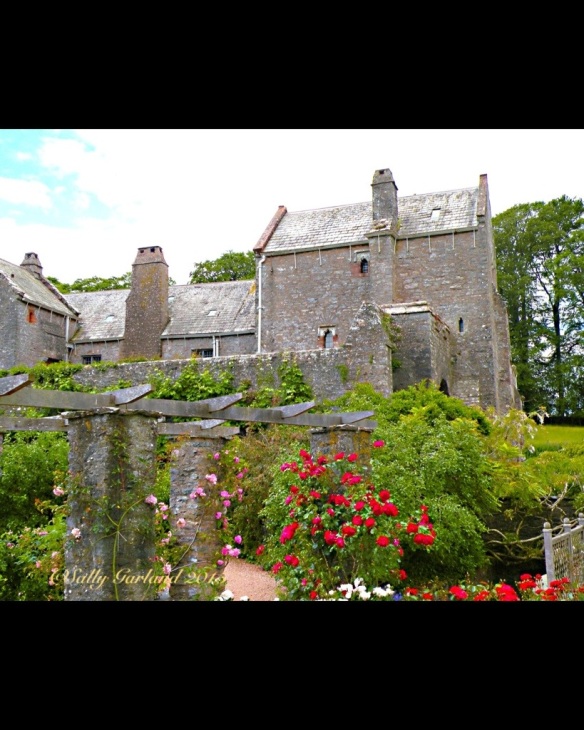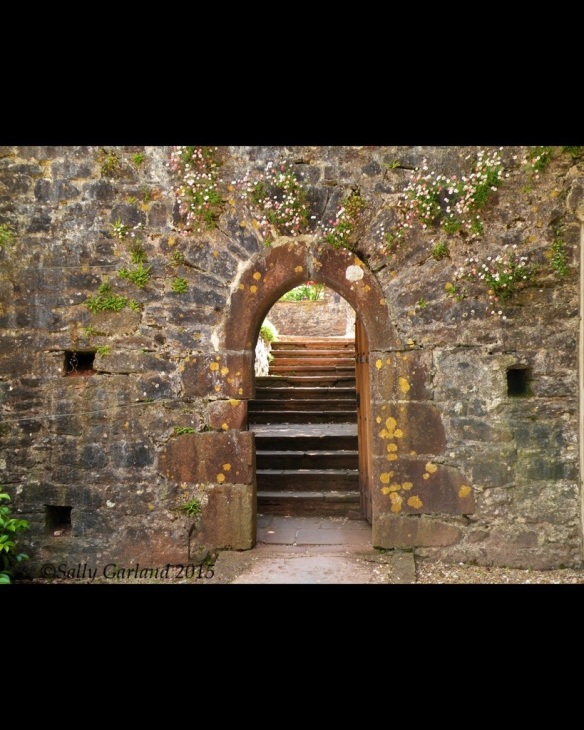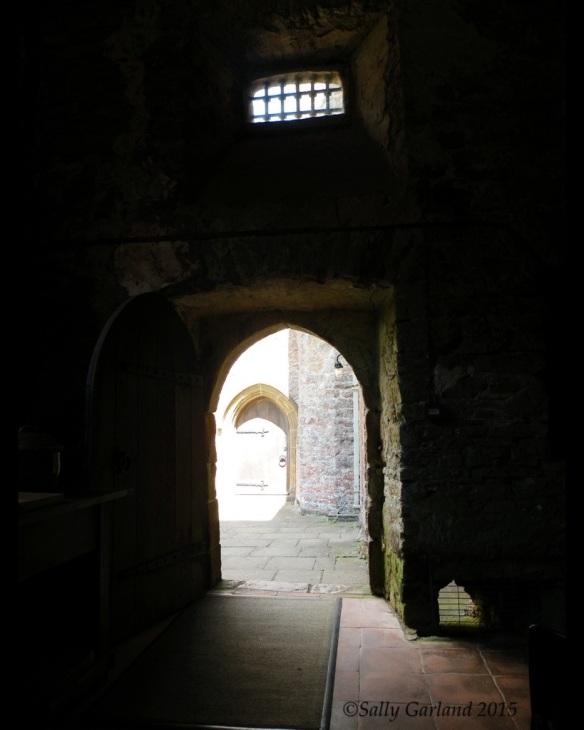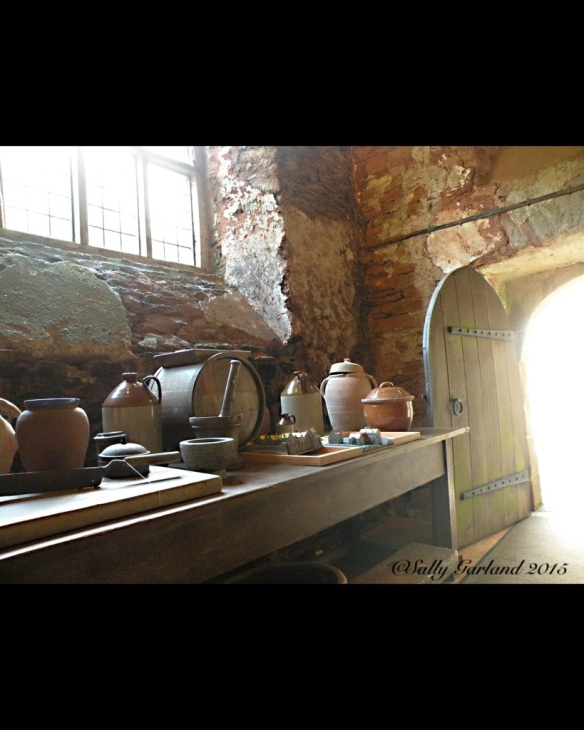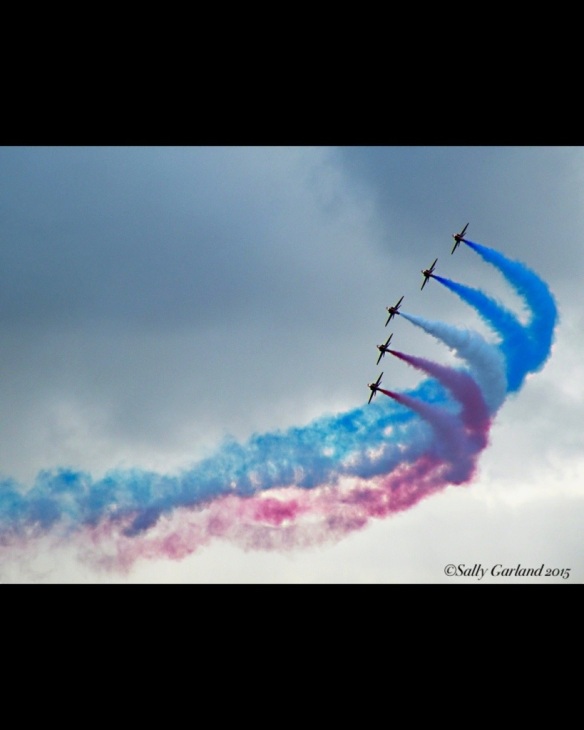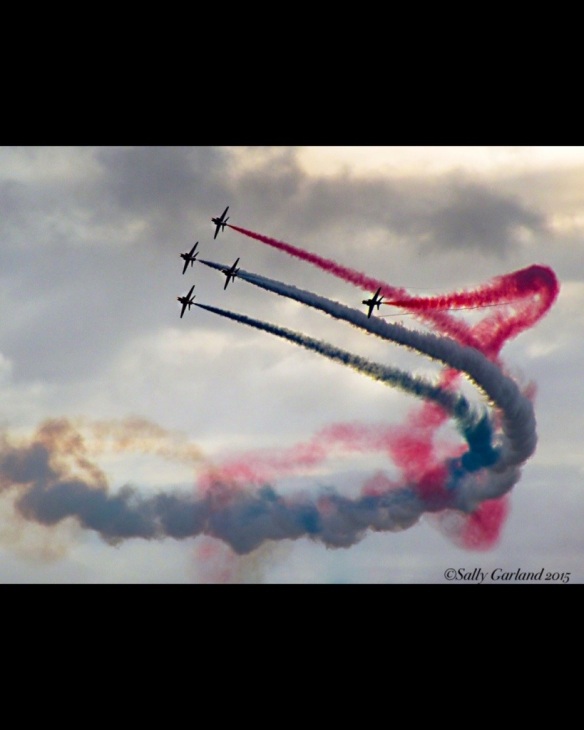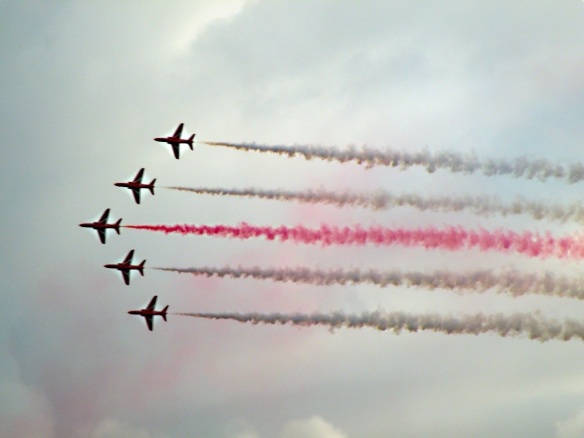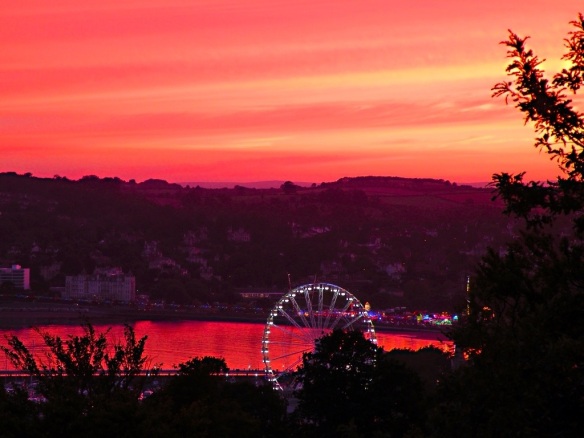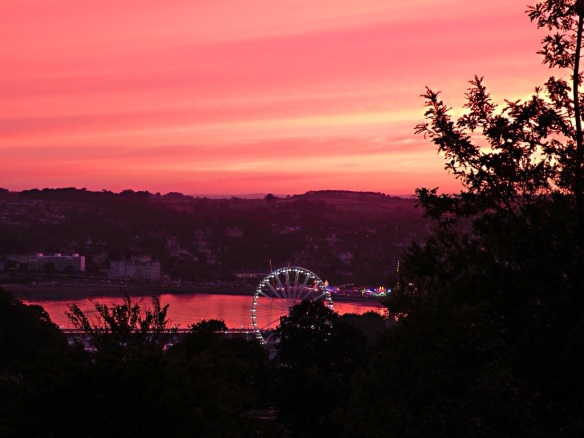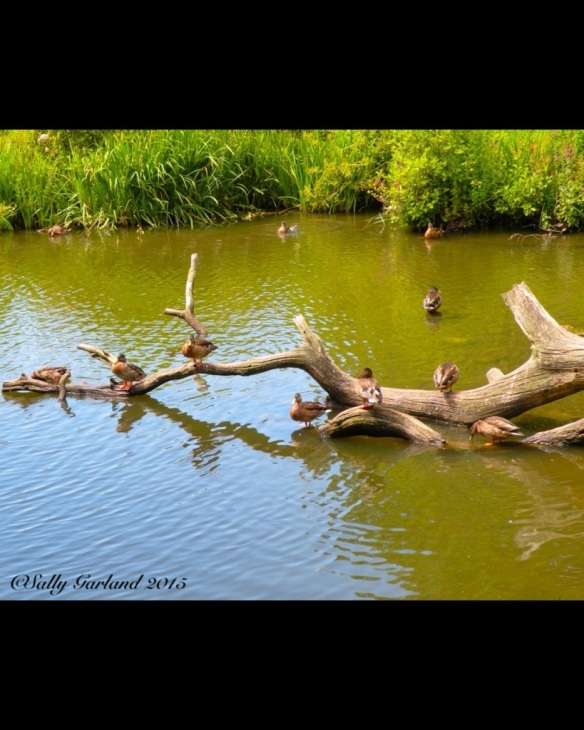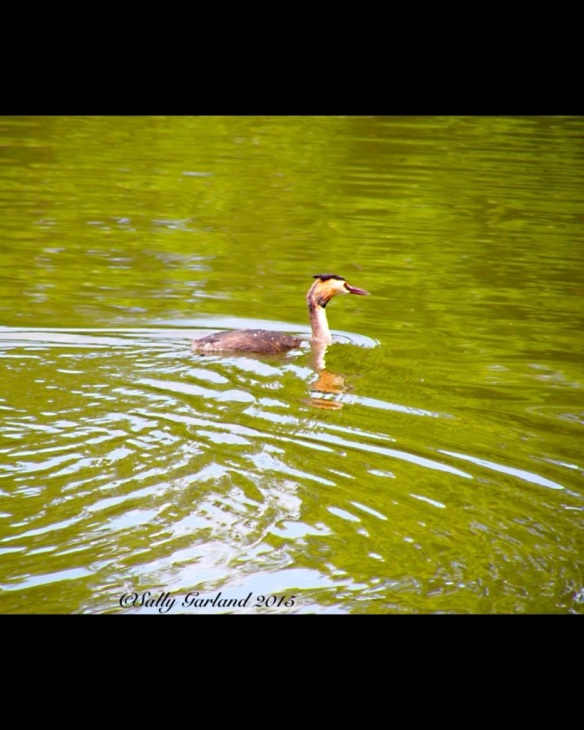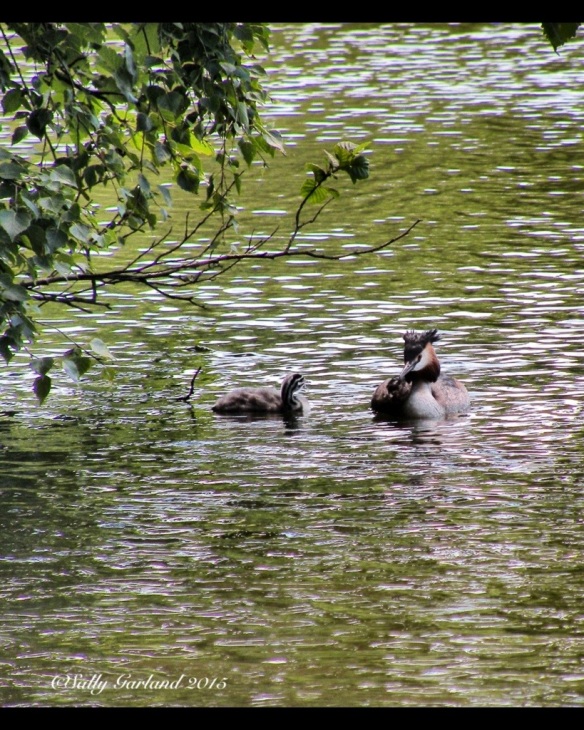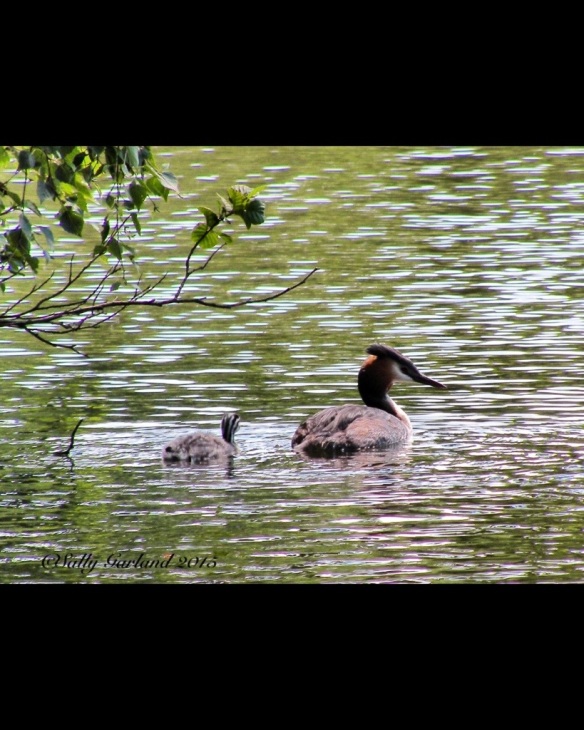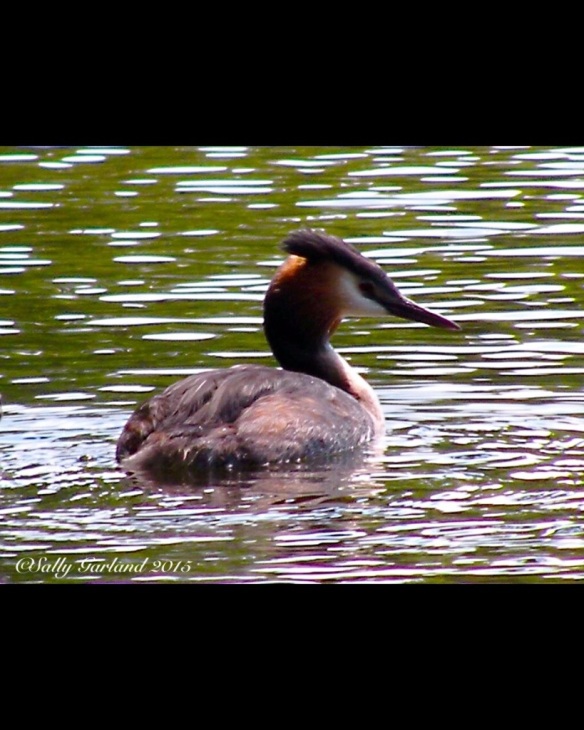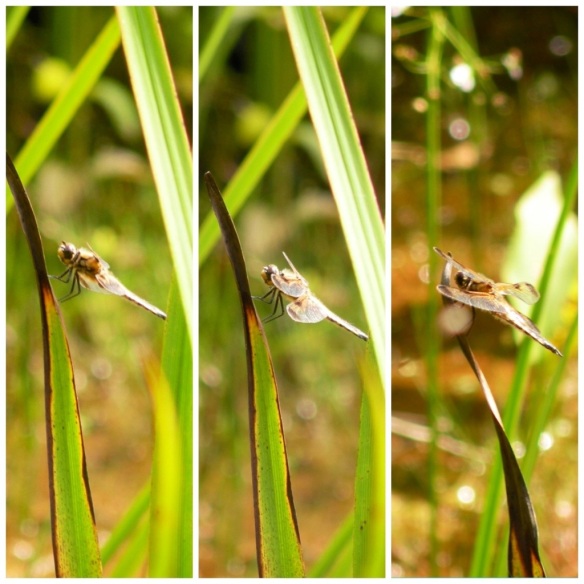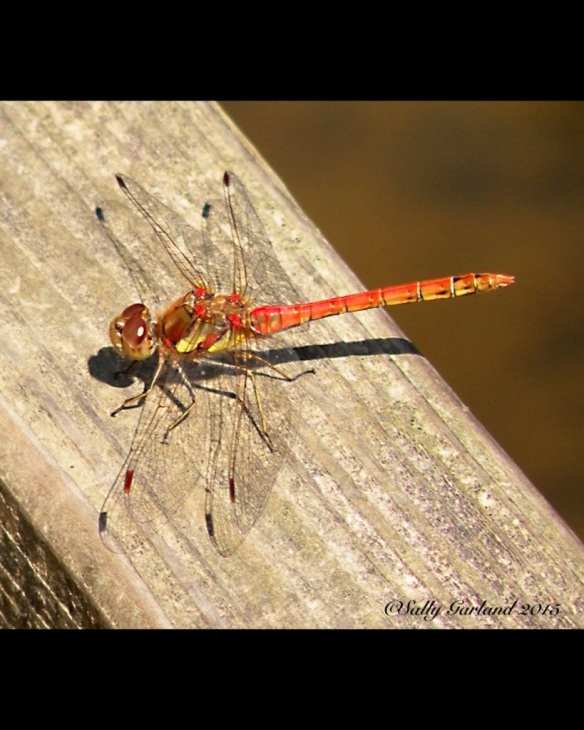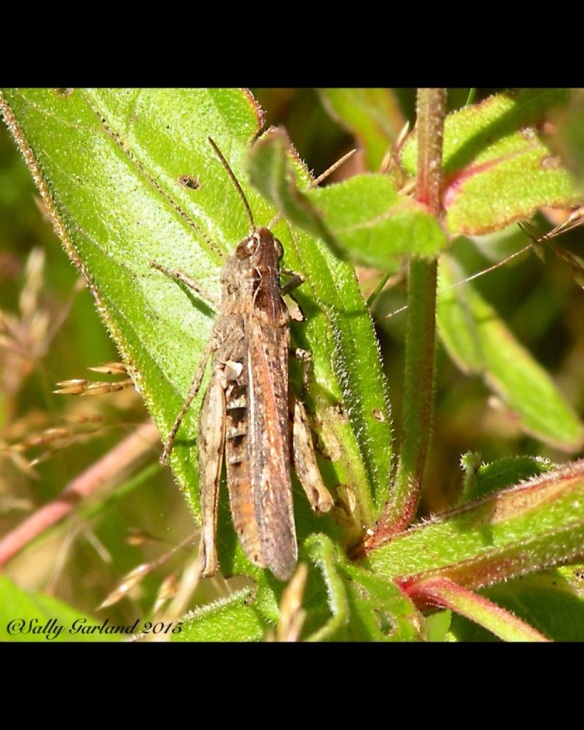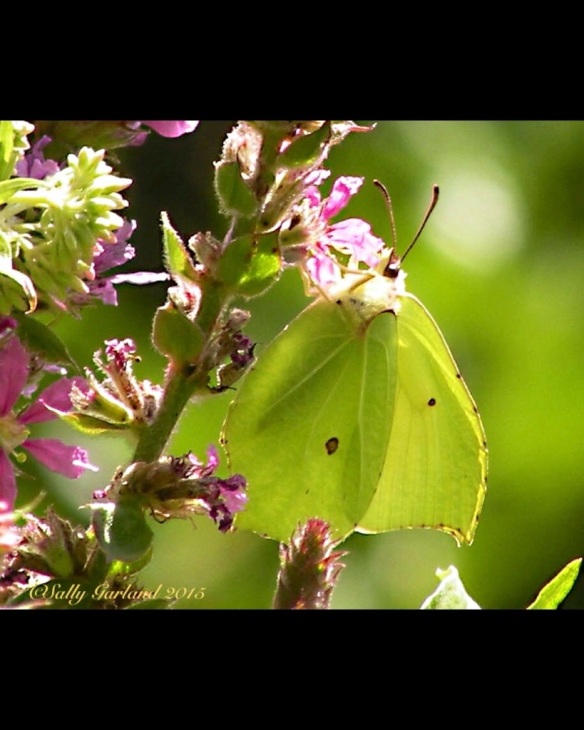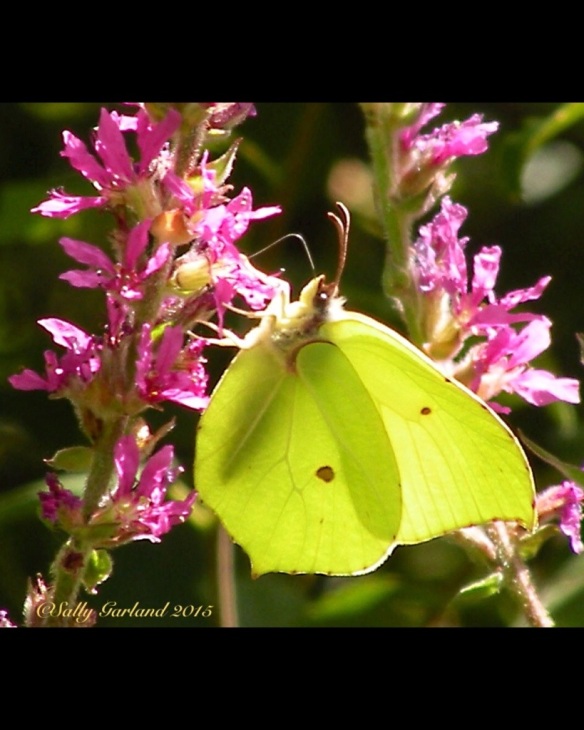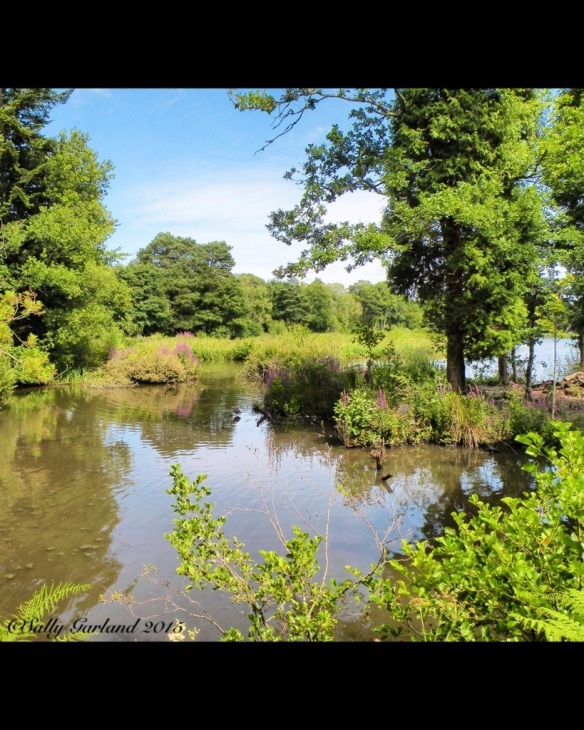Cockington Church…Cockington Court, Devon.
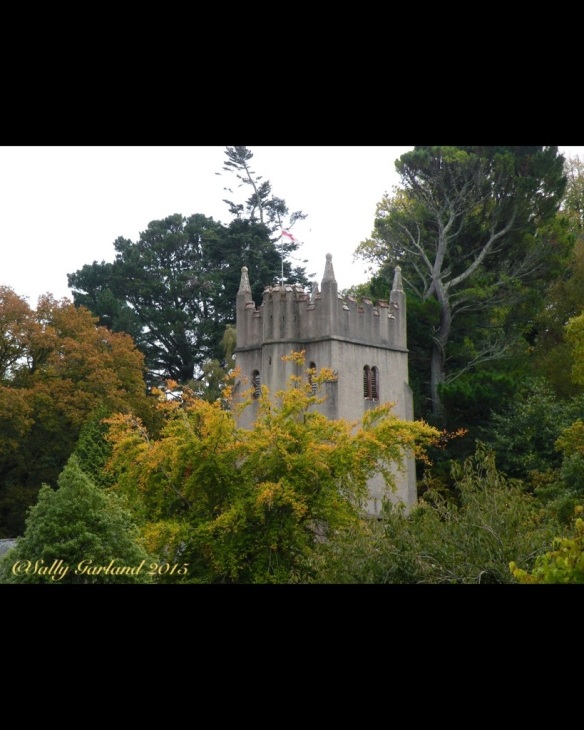
A church has stood at this sight for some 900 years. Cockington Church is a small and perfect example of English church architecture, a delicious mishmash of styles. The castellated tower is the oldest part of the church built in the 13th century. The main part of the building is from the 14th/15th century. The church was damaged during the war by two bombs and a crater is still visible close by.

Cockington church is plain on the outside, but inside a treasure trove of delights.
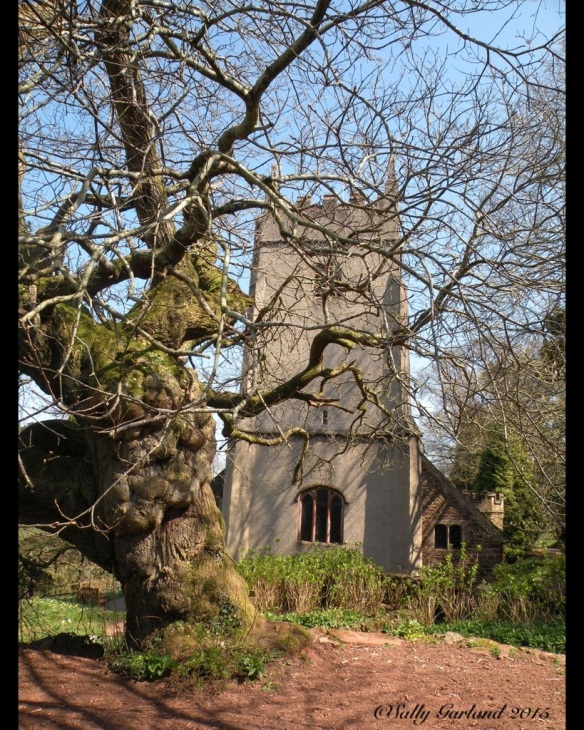
Watch the step…which is immediately in front of you as you push open the old church door.
To the left on the wall are several interesting items….a piece of wood carved with a date and initials from 1767 left in the rafters by a worker…WH; a plaque regarding the church bells and several pictures of the church years ago.
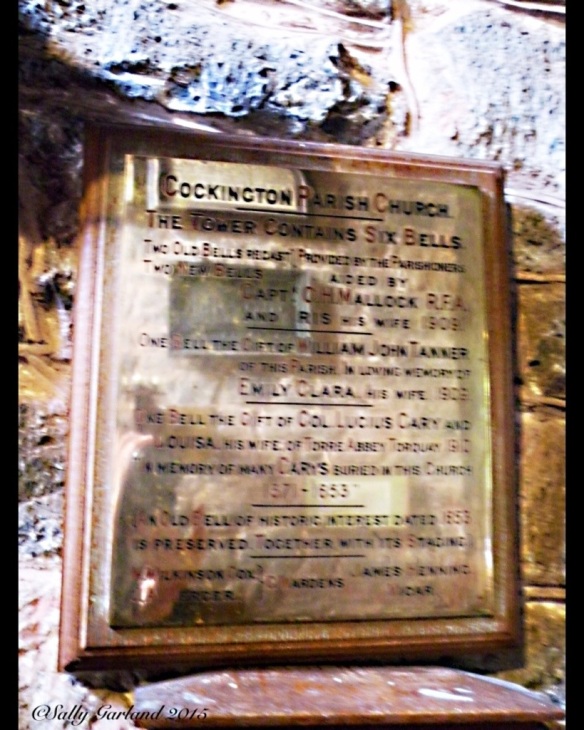
From the entrance stairs the whole church can be seen taking in the windows, the pulpit and the rood screen, up to the altar.
Inside it has a warm, intimate feeling. Dark carved wooden choir seats and a beautiful rood screen add to the intimacy.

The Caen stone font from 1485 is octagonal in shape and shows the shields of the families the Cary family had married into. The Cary family owned the land and buildings from 1375 to 1654.

An old bell, 1653, can be seen in the left hand corner of the church.
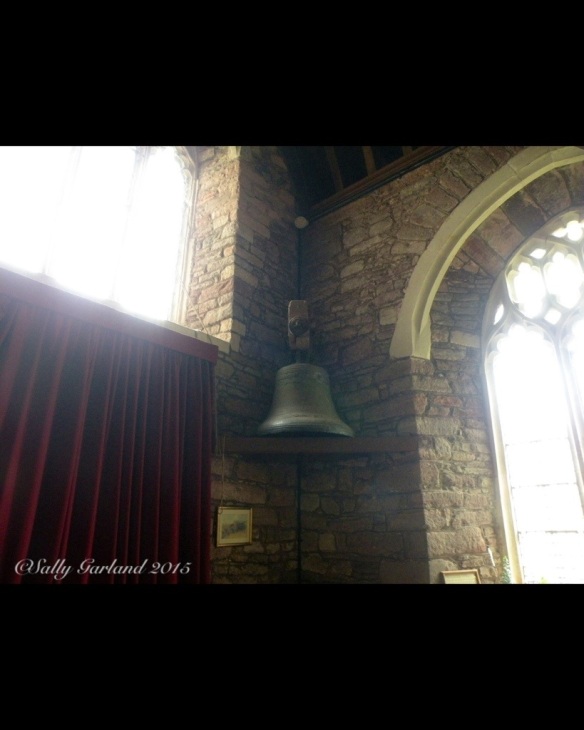
The 16th century pulpit is thought to have been made up from the carved and painted wood taken from a Spanish ship during the Armada…1588. It is certainly unique.


The rood screen in front of the altar is a wonderful example of wood carving showing twisted vines, thick foliage and bunches of grapes. And above this, in the centre, Jesus on a wooden cross accompanied by Mary and a disciple, St John.
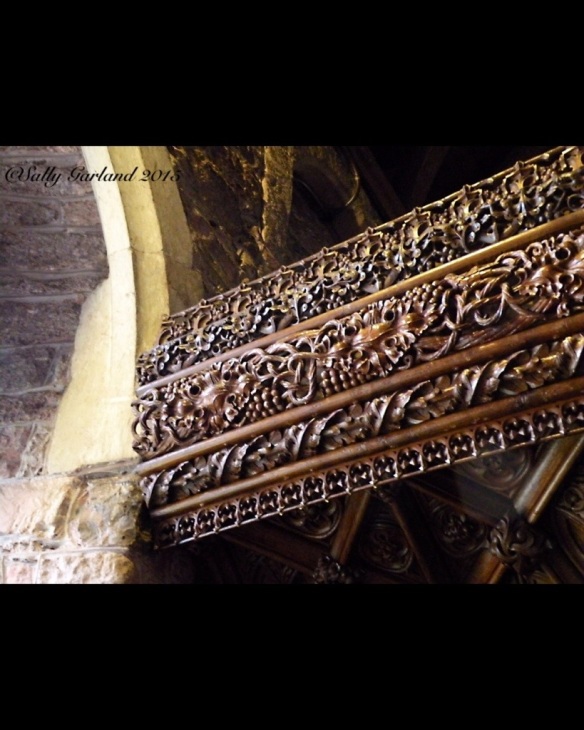
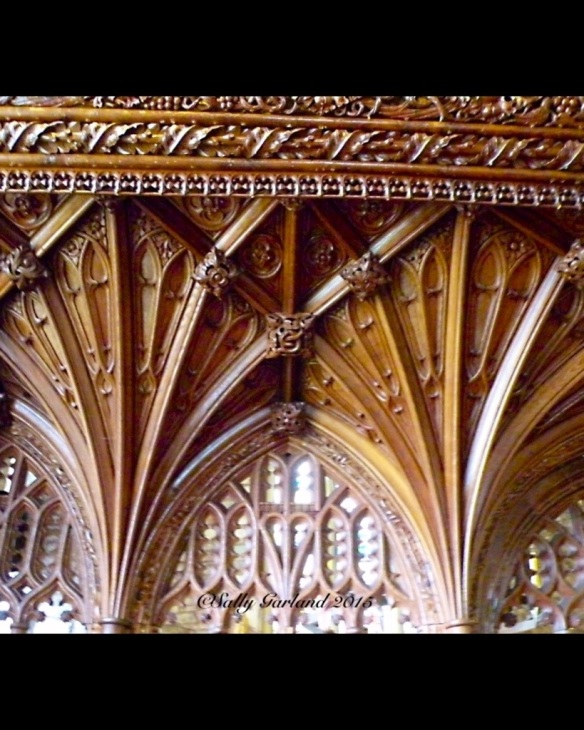
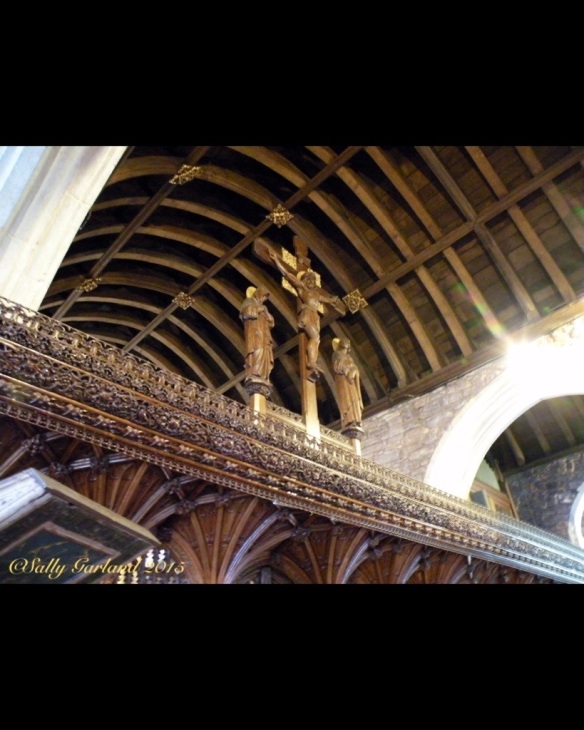
Below this and behind the screen are wooden benches carved with praying angels.
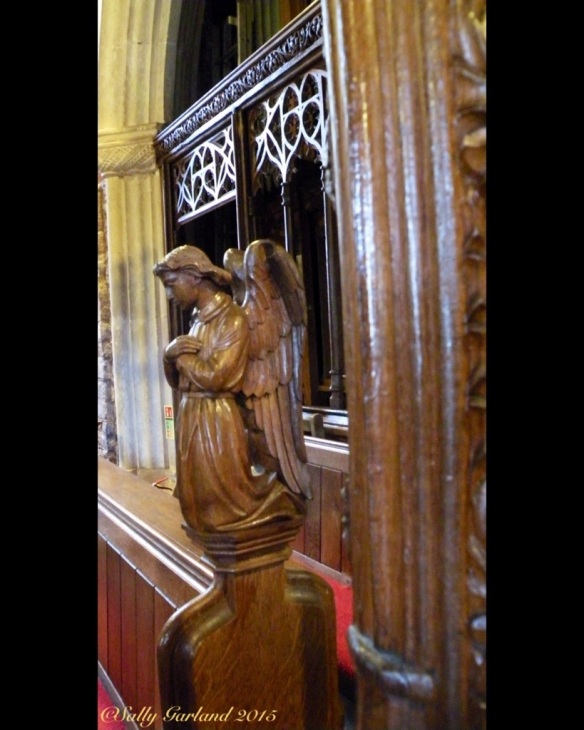
All but two of the beautifully shaped windows are plain glass. The main window above the altar is stained glass, as is the small window to the right of the large one.

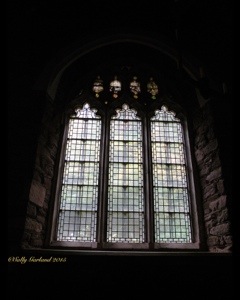
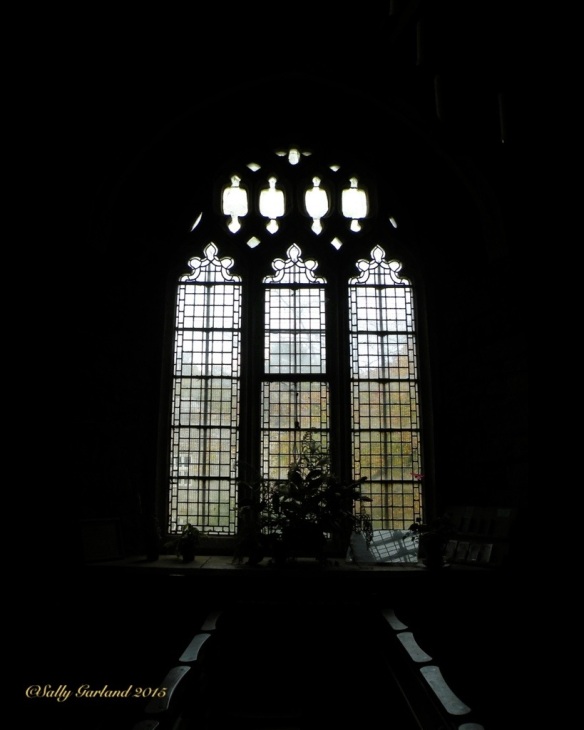
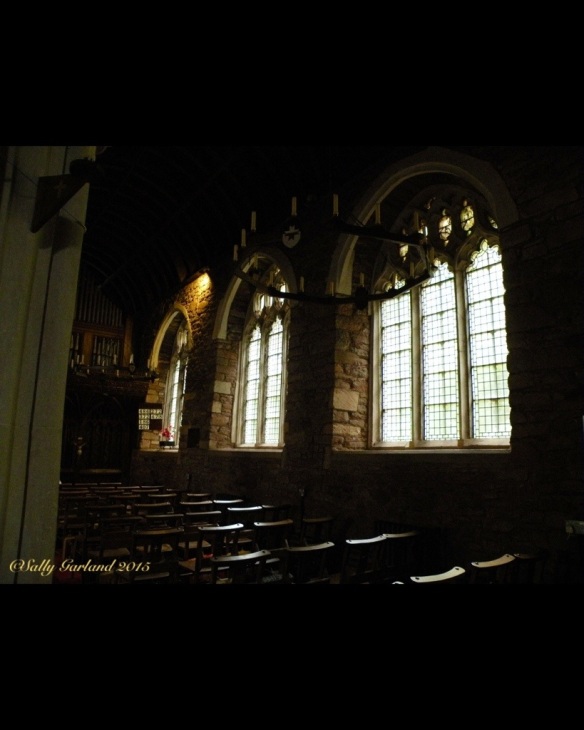
Seating in the main part if the church is simple, just wooden chairs.

Cockington Church is a lovely, historical church…well worth a quiet visit.
Two interesting facts;
.The name Cockington refers to the red soil of the area….
The Celtic: ‘Coch’…red…
The Anglo Saxon: ‘ing’…meadow ‘ton’…settlement…
=The red meadow settlement.
.The twisted grape vines carved into the rood screen refer to Jesus speaking to his disciples…John 15….’I am the vine and you are the branches’
Close to the church up a small flight of stone stairs is a Sweet Chestnut Tree….worth a view.
